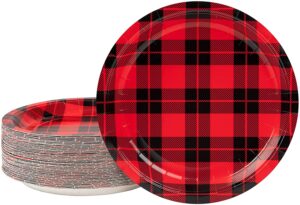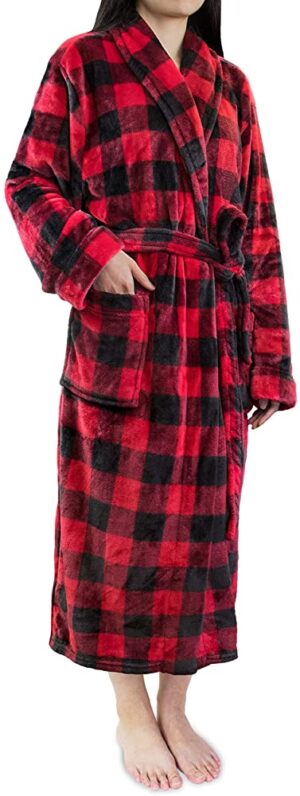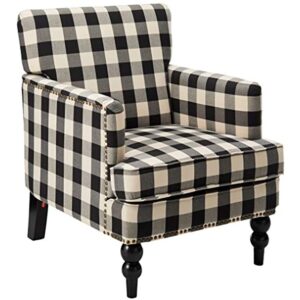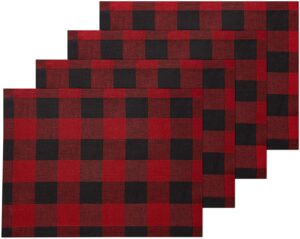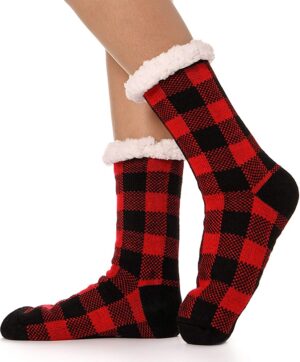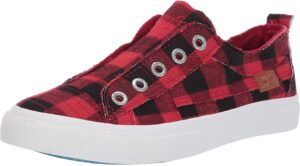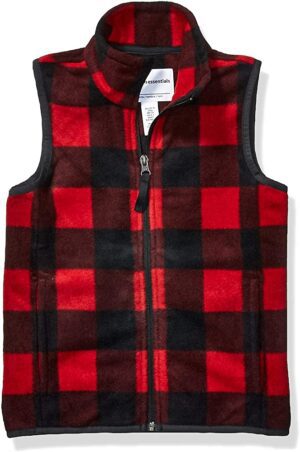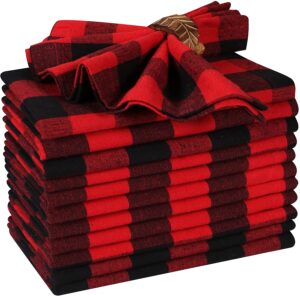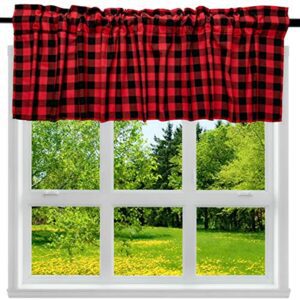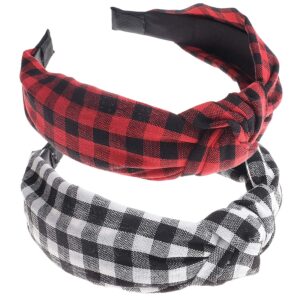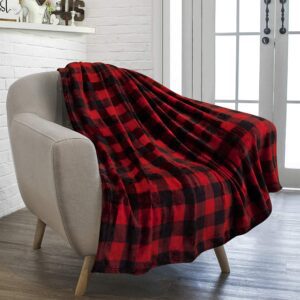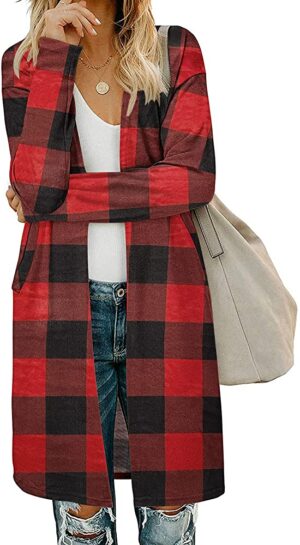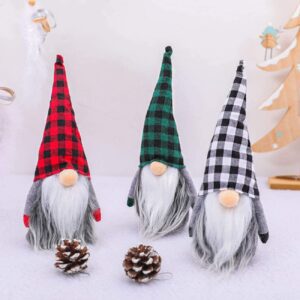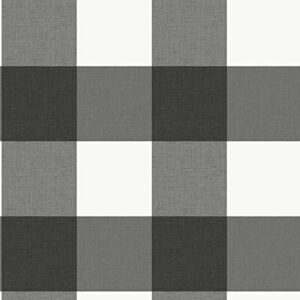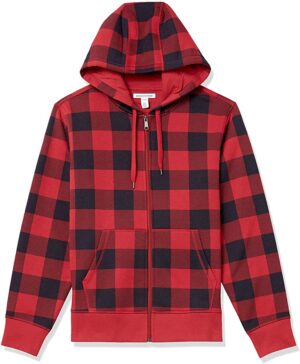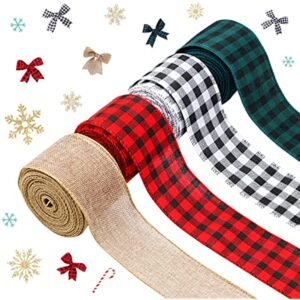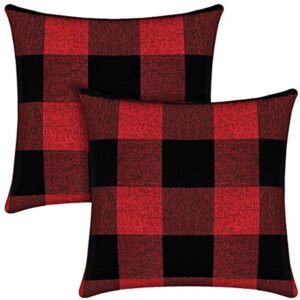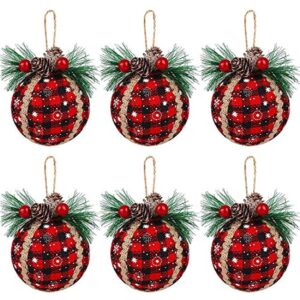Are you tired of using the same old table runners for every occasion? Look no further! “Creative Ideas for Making Specialized Table Runners” is here to help you step up your table decor game. This comprehensive guide provides you with a range of innovative and unique ideas for crafting specialized table runners that will impress your guests and add a touch of elegance to any event. Whether you’re hosting a dinner party, a wedding, or simply want to add a personalized touch to your dining table, this article will guide you through the step-by-step process of creating beautiful and customized table runners that are sure to wow your guests. Get ready to unleash your creativity and make a lasting impression with your table decor!
Understanding the Basics of Table Runner Design
Table runners are a popular and versatile addition to any table setting. They serve multiple purposes, from protecting your table from spills and stains to adding an extra touch of elegance and style. Understanding the basics of table runner design will not only help you choose the right one for your table but also enable you to create your own unique and personalized table runners.
The purpose of table runners
Table runners, as the name suggests, run along the center of a table, serving both functional and decorative purposes. They provide a layer of protection for your table, preventing scratches, stains, and water rings. Additionally, table runners can add a pop of color, texture, and visual interest to your table setting. They can be used on any occasion, from everyday meals to special events and holidays.
Choosing the right size and shape
When selecting a table runner, it’s important to consider the size and shape of your table. The runner should be proportionate to the table’s length and width. A general guideline is to choose a runner that extends about one-third to one-half of the table length. For rectangular or oval tables, a runner that extends beyond the table length can create an elegant and elongated look. Round tables can be complemented by a circular or oval-shaped table runner.
Understanding color schemes and patterns
Color schemes and patterns play a crucial role in table runner design. The choice of colors and patterns should complement the overall theme and decor of your space. If you prefer a cohesive look, opt for a table runner that matches your existing color scheme. Alternatively, you can create a bold statement by choosing a runner with contrasting colors or a vibrant pattern. Consider the ambiance you want to create and select colors and patterns accordingly.
Materials Needed for Table Runner Creation
If you have a creative spirit and enjoy do-it-yourself projects, making your own table runner can be a rewarding and cost-effective option. Before you get started, gather the necessary materials to ensure a smooth and successful crafting experience.
Textile choices and their characteristics
The choice of textile is crucial for the overall look and functionality of your table runner. Cotton and linen are popular choices due to their durability and versatility. They are machine washable and come in a wide range of colors and patterns. If you prefer a more luxurious and formal look, consider silk or satin fabrics. These materials add a touch of elegance but may require special care. Have fun exploring different textures and fabrics to find the one that best suits your style and needs.
Choosing the right sewing equipment
If you plan on sewing your table runner, make sure to have the necessary sewing equipment on hand. This includes a sewing machine, fabric scissors, measuring tape, pins, and a seam ripper. Investing in high-quality sewing tools will make your sewing process more enjoyable and help you achieve professional-looking results.
Selecting the right thread and other accessories
When it comes to selecting the right thread, choose a color that complements your fabric. Polyester or cotton threads are suitable for most fabrics and provide strong and durable seams. Don’t forget to stock up on other sewing accessories such as needles, bobbins, and fabric markers. These tools will come in handy during the construction process and ensure precise and accurate sewing.
Picking the right adhesive for no-sew runners
If sewing is not your thing, don’t worry! You can still create stunning table runners without a single stitch. No-sew table runners can be made using fabric glue or fusible webbing. Fabric glue allows you to easily adhere fabric together, while fusible webbing is an iron-on adhesive that creates a strong bond between fabrics. Consider the specific needs of your project and opt for the adhesive that is most suitable for the materials you are working with.
Seasonal Table Runner Ideas
Adding a seasonal touch to your table is a wonderful way to celebrate the changing seasons and create a festive atmosphere. Let’s explore some inspiring table runner ideas for each season.
Creating spring table runners
Spring brings with it a sense of renewal and fresh beginnings. Embrace the season by incorporating floral patterns and pastel colors into your table runner. Consider using lightweight fabrics such as cotton or linen to create a breezy and airy feel. You can also experiment with incorporating fresh flowers or greenery into your table runner for an organic and natural look.
Designing summer table runners
Summer is all about bright colors and vibrant patterns. Capture the essence of this sunny season by opting for bold and lively table runner designs. Think tropical prints, beach motifs, or cheerful fruit patterns. Light and breathable fabrics such as cotton or seersucker are perfect for summer table runners. Don’t forget to add pops of color through accessories like napkins or centerpieces to complete the summery look.
Autumn-themed table runner ideas
As the leaves change colors and temperatures start to drop, embrace the warmth and coziness of the autumn season in your table runner design. Consider using rich earth tones such as deep oranges, warm yellows, and rustic browns. Incorporate motifs inspired by nature, such as foliage, pumpkins, or acorns. Fabrics like burlap or plaid can add a rustic and harvest-themed touch to your table runner.
Winter table runner designs
Winter invites a sense of enchantment and magic. Create a winter wonderland on your table with a table runner that embodies the spirit of the season. Choose fabrics in icy blues, shimmering silvers, or elegant whites. Incorporate elements like snowflakes, reindeer, or evergreen trees into the design. Consider adding touches of faux fur or sequins to evoke a cozy and glamorous winter ambiance.
Themed Table Runners for Special Occasions
Special occasions call for special table settings. Whether it’s a birthday celebration, wedding reception, holiday gathering, or anniversary party, themed table runners can elevate your decor to the next level. Let’s discover some inspiring ideas for different special occasions.
Birthday table runners
Birthdays are a time for celebration and joy. Choose a table runner that reflects the personality and interests of the birthday celebrant. Consider incorporating their favorite colors, hobbies, or characters into the design. Balloons, confetti, or themed patterns can add a festive touch to your runner. Personalize it further by adding the birthday boy or girl’s name or age.
Wedding table runner designs
Weddings are a magical and romantic affair. Create an unforgettable ambiance with a stunning table runner that complements your wedding theme and colors. For a classic and timeless look, opt for white or ivory fabrics adorned with delicate lace or embroidery. If you’re going for a more modern and vibrant wedding, experiment with bold colors and geometric patterns. Incorporate elements such as flowers, ribbons, or crystals to add texture and elegance to your runner.
Ideas for holiday table runners
Holidays are a time for gathering with family and friends. Create a festive and inviting atmosphere with a table runner that embodies the spirit of the holiday. For Christmas, opt for traditional red and green colors, combined with motifs such as Santa Claus, snowflakes, or Christmas trees. Thanksgiving can be celebrated with warm and rustic colors like orange, brown, and gold, accompanied by leaf or turkey patterns. Let your imagination run wild and incorporate your favorite holiday elements into your table runner design.
Creating a table runner for anniversaries
Anniversaries are a celebration of love and commitment. Design a table runner that captures the essence of this special milestone. Opt for romantic colors such as red, pink, or champagne. Consider incorporating symbols of love, such as hearts or intertwined rings, into the design. Personalize it further by embroidering the couple’s names or wedding date. A beautifully designed table runner will set the stage for a memorable anniversary celebration.
DIY No-Sew Table Runner Projects
If you’re looking for a quick and easy way to create a table runner, consider trying out some no-sew projects. These projects are perfect for beginners or those who prefer a fuss-free crafting experience. Here are a few ideas to get you started.
Creating a no-sew burlap table runner
Burlap is a versatile material that adds a rustic and natural touch to any table setting. To create a no-sew burlap table runner, start by measuring the length and width of your table. Cut the burlap fabric to your desired size, leaving a few inches of overhang on each side. To prevent fraying, use fabric glue to fold over and secure the edges of the burlap. You can further embellish the runner by adding lace trim, ribbon, or stenciled designs with fabric paint.
Woven paper table runner
For a unique and budget-friendly table runner, try weaving strips of colorful paper together. Start by selecting different colored paper and cutting them into long, thin strips. Create a base by laying several strips horizontally and securing them with tape or glue. Weave the remaining strips vertically through the base, alternating over and under each horizontal strip. Trim any excess paper and secure the ends with tape or glue. This woven paper table runner is not only eye-catching but also a fun project for both kids and adults.
Gluing fabric stripes for a unique runner
If you have leftover fabric scraps or want to repurpose old clothes, consider creating a fabric stripe table runner. Start by cutting long, thin strips of fabric in various colors or patterns. Lay the strips side by side on a work surface, arranging them in a visually appealing order. Use fabric glue to secure the strips together, ensuring they are evenly spaced and flat. Once the glue has dried, trim any uneven edges and your fabric stripe table runner is ready to use.
Understanding Embroidery and Its Use in Table Runners
Embroidery is a beautiful and timeless way to add intricate designs and personalization to your table runners. Whether you’re a beginner or an experienced embroidery enthusiast, here are some tips for incorporating embroidery into your table runner projects.
Basic embroidery techniques for beginners
If you’re new to embroidery, start with basic stitches such as the backstitch, satin stitch, or French knot. These stitches are relatively easy to learn and can create stunning designs. There are numerous online tutorials and books available that provide step-by-step instructions for each stitch. Practice on a piece of scrap fabric before embroidering your actual table runner to build confidence and perfect your technique.
Creating an embroidered table runner
To create an embroidered table runner, start with a plain fabric runner or a piece of fabric cut to your desired size. Sketch or trace your desired design onto the fabric using a fabric marker or pencil. Thread an embroidery needle with a suitable thread and begin stitching according to your design. Remember to keep your stitches even and use the appropriate stitch for each element of your design. Once you have completed the embroidery, secure any loose threads and consider adding additional embellishments such as beads or sequins.
Choosing the right threads and needles (material, size) for embroidery
When it comes to embroidery, the choice of threads and needles is crucial for achieving the desired effect. Embroidery threads come in various materials, such as cotton, silk, or metallic. Consider the look and feel you want to achieve when selecting your embroidery thread. For delicate and intricate designs, opt for finer thread. Thicker threads can create a bolder and more textured effect. As for the needles, choose a needle size that is appropriate for your fabric and thread. Thinner needles are suitable for lightweight fabrics, while thicker needles are better for heavier fabrics.

Creating Quilted Table Runners
Quilting is a classic technique that adds warmth and texture to your table runner. Whether you’re a seasoned quilter or new to the craft, creating a quilted table runner is a rewarding project. Here are some tips to get you started.
The basics of quilting
Quilting involves sewing together multiple layers of fabric to create a thicker, padded textile. The layers typically consist of a quilt top, batting (filler), and a quilt backing. Quilting can be done by hand or using a sewing machine. Traditional quilting involves intricate stitching, while modern quilting allows for more experimental and free-form designs. Explore different quilting techniques such as patchwork, appliqué, or free-motion quilting to find the one that suits your style.
Turning quilts into table runners
If you have a quilt that you no longer use or want to create a table runner that matches your quilted bedding, you can repurpose the quilt into a table runner. Determine the desired size of your table runner and cut a portion of the quilt accordingly. Remember to leave enough space for binding or finishing the edges. Once you have cut the desired length, finish the edges with binding fabric or bias tape. This will not only prevent fraying but also give your table runner a polished and professional look.
Choosing the right fabric and pattern
When creating a quilted table runner, the choice of fabric and pattern is crucial for achieving the desired look. Consider the overall theme and style you want to create. If you prefer a traditional and timeless look, opt for classic quilt patterns such as log cabin, churn dash, or nine-patch. For a modern and contemporary feel, experiment with bold and geometric patterns. Choose fabrics that complement each other and add visual interest, whether through contrasting colors, textures, or prints.
Quilted table runner project for beginners
If you’re new to quilting, a simple patchwork table runner is a great project to start with. Begin by selecting a variety of fabrics in complementary colors or patterns. Cut the fabrics into squares or rectangles of equal size. Arrange the fabric pieces in a visually pleasing order and sew them together, using a ¼ inch seam allowance. Once the patchwork top is complete, layer it with batting and backing fabric. Quilt the layers together by sewing straight lines or following a specific quilting pattern. Trim any excess fabric and finish the edges with binding fabric or bias tape.
Cleaning and Maintenance of Table Runners
To ensure the longevity and beauty of your table runners, proper cleaning and maintenance are essential. Here are some guidelines and tips for caring for your table runners.
Cleaning guidance according to material
Different materials require different cleaning approaches. Before cleaning your table runner, always refer to the manufacturer’s instructions or care label for specific guidance. Generally, cotton and linen table runners can be machine washed in cold water and tumble dried on low or air-dried. Silk and satin table runners may require more delicate care, such as hand washing or professional dry cleaning. Avoid using bleach or harsh chemicals that can damage the fabric. Additionally, spot cleaning can be done for localized stains using mild soap and water.
Quick and easy maintenance tips
In addition to regular cleaning, there are some maintenance tips that can help keep your table runners in excellent condition. Before using your table runner, make sure your table surface is clean and free of any abrasive materials that can scratch or damage the fabric. When not in use, store your table runners in a clean and dry area, away from direct sunlight, to prevent fading or discoloration. Consider using protective covers or storage bags to keep them dust-free. If wrinkles occur, iron your table runner on a low heat setting, following the fabric’s specific ironing instructions.
Storing your table runners
If you have multiple table runners or change them seasonally, proper storage is important to prevent damage and preserve their quality. Before storing, ensure that the table runners are clean and completely dry to prevent the growth of mold or mildew. Roll or fold the table runners neatly, taking care to avoid any sharp creases that can be difficult to remove. Place them in a storage container, such as a plastic bin or fabric bag, and seal it tightly to protect against dust or pests. Store the containers in a cool and dry area, away from extreme temperatures or humidity.
By understanding the basics of table runner design, you can choose or create the perfect table runner for any occasion. Whether you prefer to sew, glue, embroider, or quilt, there are countless possibilities for creating unique and personalized table runners. With proper cleaning and maintenance, your table runners will continue to enhance your table setting for years to come. Get creative, have fun, and let your table runners become a reflection of your style and personality.






